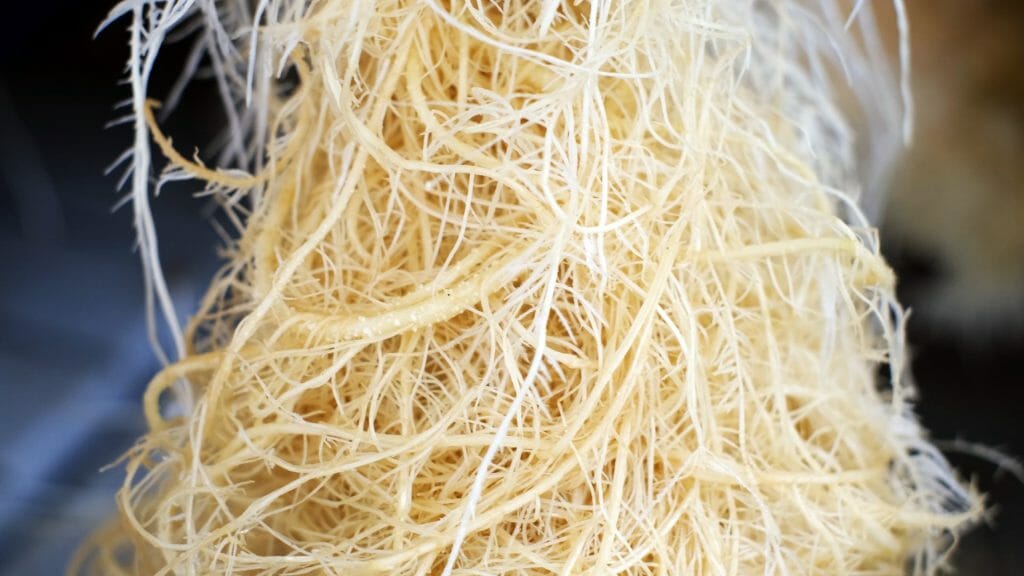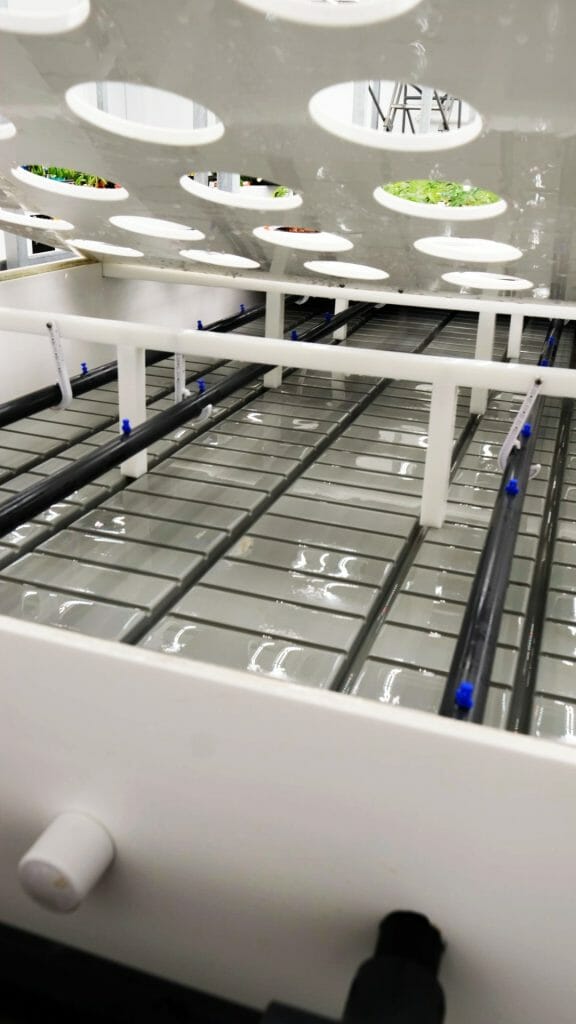In the conversation of aeroponic vs hydroponic, which cultivation system is best? Both provide more efficient, eco-friendly options than traditional soil-based farming. Hydroponics is an environmentally-friendly alternative to traditional soil growing, but aeroponics requires fewer natural resources and nutrients to cultivate the same or higher amount of crops. Thus, a reduced carbon footprint. Rockwool, on the other hand, made from rock mineral manufactured into wool, is not at all environmentally friendly because its recycling options are limited, inefficient and require additional resources.
Aeroponics vs Hydroponics Grow Systems
Hydroponics Systems Come in Different Shapes and Sizes
In hydroponics, plants are submerged in water or anchored in a growing medium. They absorb nitrogen, phosphorus, and potassium (NPK’s) as well as other nutrients. Between water refill cycles, an air pump or air stone aerates the roots so that they absorb oxygen.
All hydroponic systems require a water-collecting reservoir, a steady nutrient source, optimum growing conditions, and clean water. Hydroponic plants remain hydrated because of the water that cycles through the growing trays. Leftover water is collected in an overflow tray and recycled through the water tank. The indoor controlled environment limits the risk of damage caused by inclement weather, such as excessive wind and rain. Some growers utilize a grow light for improved results.
The benefits of hydroponics over traditional cultivation techniques include:
- High yield: Plants typically grow 30% to 50% faster, providing greater yields than soil-based growing.
- Efficiency: Plants growing in a hydroponic system absorb more nutrients than plants growing in a soil-based system.
- Sustainability: Although hydroponic farming requires more water than aeroponics, hydroponic systems still consume fewer natural resources compared to traditional soil-based methods.
Using hydroponics to cultivate cannabis helps the roots receive all the nutrients they need to grow large and healthy. An electric pump or air stones properly aerate the plants, while substances such as clay pebbles, rockwool, coco coir, and perlite stabilize the plant at the intersection between stem and roots. These substances hold the plant in place and facilitate maximum nutrient absorption.
Aeroponics: An Advanced and Highly Efficient Form of Hydroponics
Looking at aeroponics vs hydroponics systems, aeroponics is the superior choice: Aeroponics conserves vital resources and provides an efficient use of growing space.
With an aeroponic system, the plant roots are sprayed regularly with a nutrient-filled mist and never immersed in water. Plants do not require a pump or air stone for aeration because the roots are completely exposed to the air. Most aeroponic setups are enclosed indoors and require significantly less room than hydroponic systems. Maintenance and operating costs for aeroponics generally are minimal, and this method is ideal for growing cannabis and smaller fruits and vegetables.
In a hydroponic system, the roots are submerged in deep water to absorb the nutrients needed for healthy growth. A complete setup includes water trays, air pumps, air stones, tubes, pipes, and additional hoses. Required space may vary, and startup costs are usually higher because of the added equipment needed to build a hydroponic system.
Aeroponic growing, however, allows plants to be stacked closely together, does not require a growing medium, and offers easy mobility. Aeroponic systems are known for being highly efficient because they use less water and nutrients than hydroponic systems. They are also known for producing faster growth and higher yields than traditional growing methods
Because there is no grow media with aeroponics, plants do not expel energy searching for oxygen and other nutrients. A custom-made Nova Aeroponics Grow Box system will produce healthier, more robust plants.



